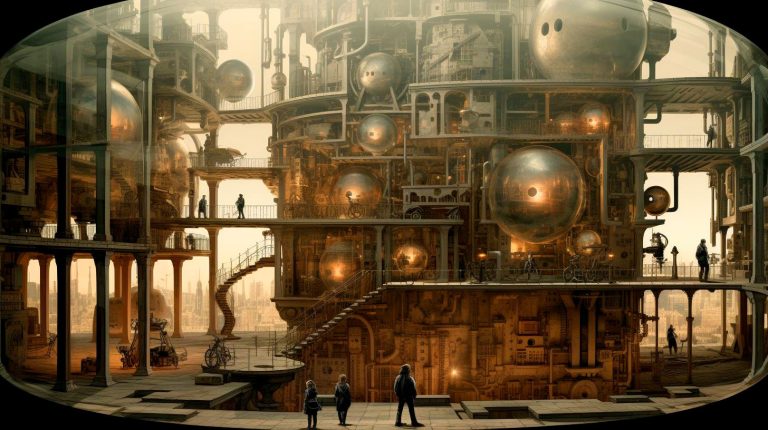In this article, we will delve into the world of architectural photography, exploring its unique qualities and the role it plays in portraying the emotional side of architecture.
The Art of Telling Stories through Architecture
Architectural photography is not just about capturing buildings; it is about storytelling through visuals. Skilled photographers have the ability to go beyond the physical aspects of a structure and convey the emotions, history, and purpose behind it. They strive to capture the essence of a place, creating images that allow viewers to connect emotionally with the subject. Whether it’s highlighting the play of light and shadows, capturing the intricate details of design, or showcasing the interaction between humans and their built environment, architectural photography serves as a powerful medium for storytelling.
The Power of Composition and Lighting
Composition and lighting play pivotal roles in architectural photography. By carefully considering the angles, lines, and perspective, photographers can shape the narrative aspect of their images. The choice of leading lines and framing can guide the viewer’s gaze and create a sense of depth and perspective. Additionally, mastering the manipulation of light is essential to capture the ambience and mood of a space. Whether it’s the warm glow of a sunset or the dramatic shadows cast by a modern skyscraper, the right lighting can transform an ordinary scene into a captivating visual story.
Key takeaways:
- Architectural photography is a form of storytelling through visuals.
- Thoughtful composition and lighting choices are crucial for creating impactful images.
The Role of Humans in Architectural Photography
Buildings may be inanimate objects, but they come to life through the presence of humans. Including people in architectural photographs adds a sense of scale, activity, and emotion. Whether it’s capturing the hustle and bustle of a busy urban street or the solitude of a lone figure contemplating a grand cathedral, human presence humanizes the architectural subject and adds an additional layer of narrative. The juxtaposition of the man-made and the natural, the ancient and the modern, can create thought-provoking images that spark emotions and engage the viewer.
Advancements in Technology and Techniques
Just as architecture evolves, so does the world of architectural photography. Advancements in technology have opened up new possibilities and techniques, enhancing the photographer’s ability to capture emotion. Drones, for example, allow photographers to capture breathtaking aerial shots, giving a unique perspective on the subject. Post-processing techniques, such as HDR (High Dynamic Range) imaging, offer greater control over light and allow for more expressive images. These advancements, coupled with the skill and creativity of the photographer, have expanded the boundaries of architectural photography, enabling a greater exploration of emotions and narratives.
The Influence of Architectural Photography in different fields
The impact of architectural photography extends far beyond the realm of art and design. It plays a crucial role in various industries and fields:
- Architectural Firms: Architectural photography is a powerful tool for architectural firms to showcase their work to potential clients. Compelling images that capture the emotions and stories behind a project can inspire confidence and lead to new business opportunities.
- Real Estate: Stunning architectural photographs can breathe life into real estate listings. Emotionally captivating images can evoke desire and help potential buyers connect with a property on a deeper level.
- Travel and Tourism: Architectural photography is an integral part of travel and tourism marketing. It entices visitors by highlighting the beauty and uniqueness of architectural landmarks, enticing them to explore new destinations.
- Publications and Media: Architectural photography is highly sought after by publications, both in print and online. It helps illustrate articles, books, and websites, immersing readers in the subject matter and engaging their emotions.
Conclusion: Evoking Emotion through Architectural Photography
Architectural photography goes beyond the mere documentation of buildings; it captures emotions, tells stories, and engages viewers on a deeper level. By employing composition techniques, utilizing lighting effectively, and incorporating human presence, photographers can create impactful images that ignite emotions and transport viewers to the heart of the architectural subject.
Key takeaways:
- Architectural photography has a profound ability to evoke emotions and tell stories.
- Humans, lighting, and composition are essential elements in creating emotionally captivating photographs.
- The influence of architectural photography extends to various industries and fields.


















+ There are no comments
Add yours